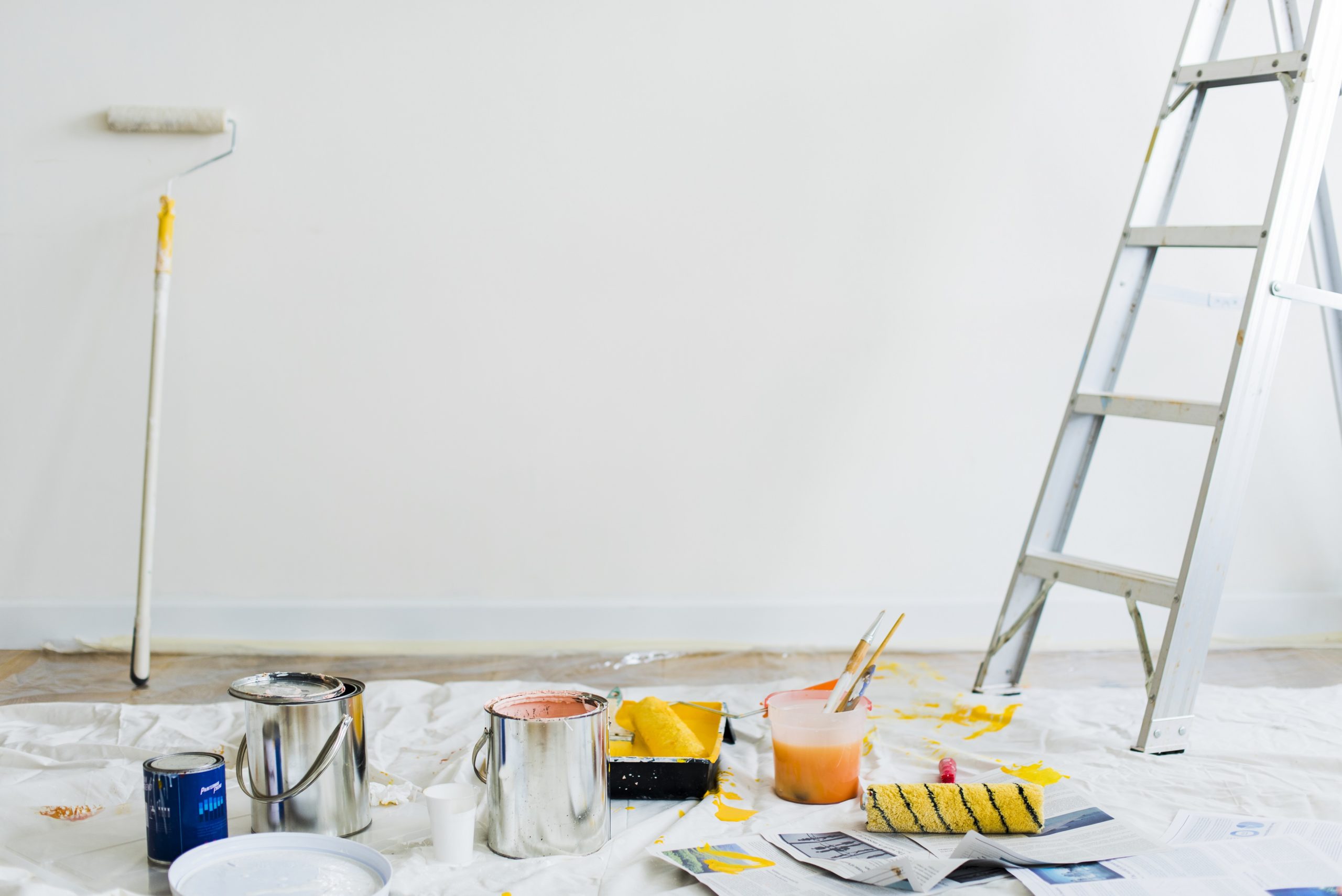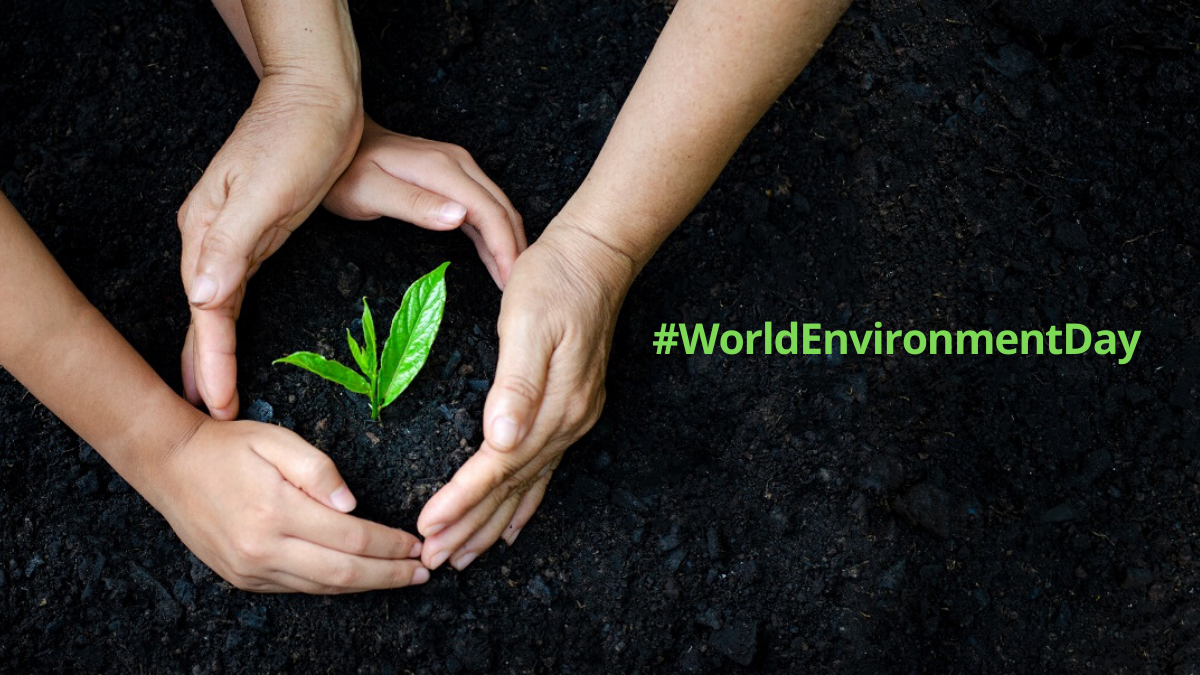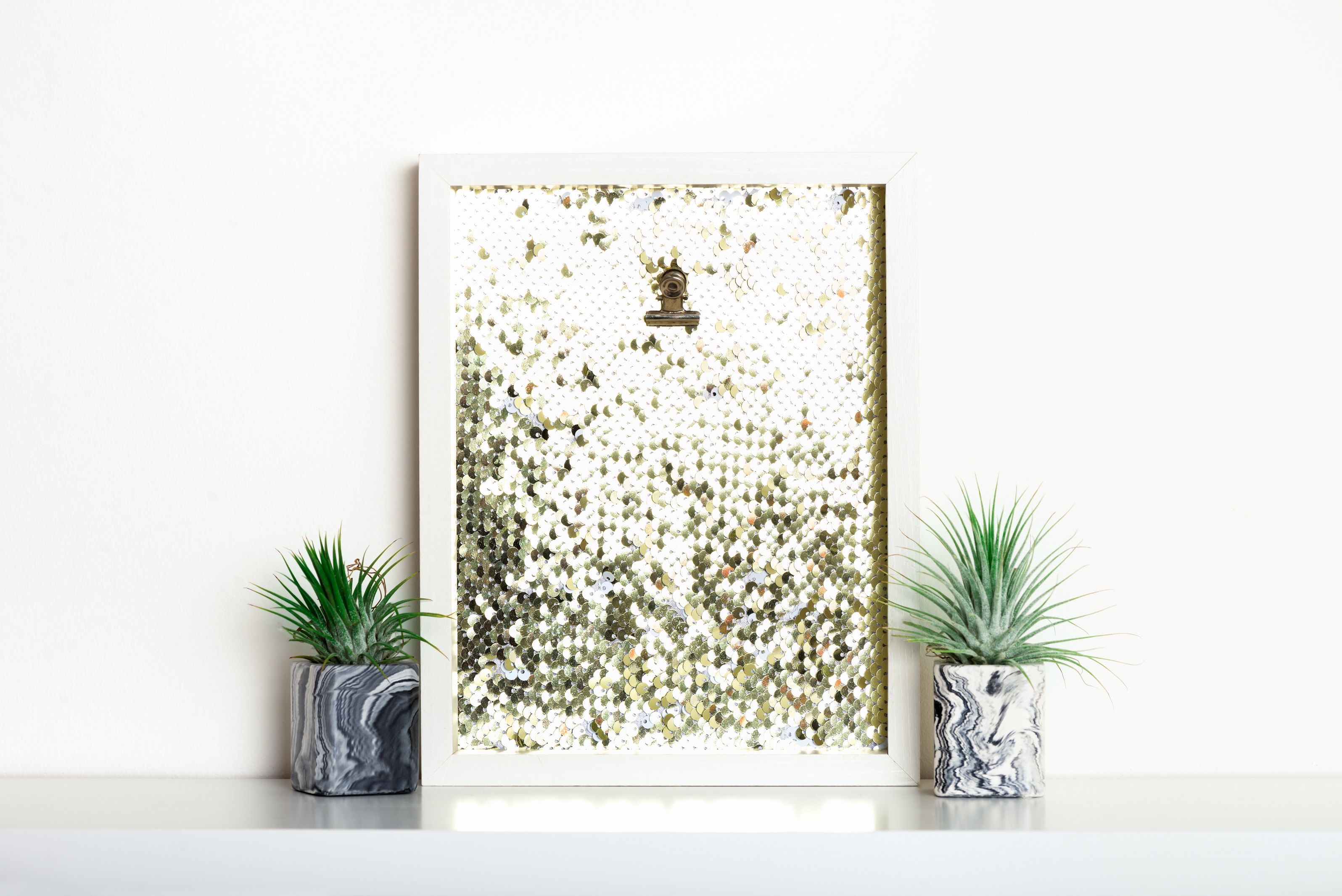There is no way to keep a home dry in five feet of rain. But, there several ways in which you can protect your homes from the increasingly strong rains which have now become less an exception and more a rule.
You may not realize, but your home is more prone to water damage than you actually think. With rains finally here, many states are already witnessing a shocking increase in the amount of rainfall, the very recent Kerala Rains Havoc for example. Powerful rains can dump in inches or feet of rain that can overwhelm your home’s gutters and downspouts and soak the soil around your foundation and make it weak. Even when your house is properly waterproofed, hard-showers can make way into your home through windows, doors, and attic vents.
Water intrusion to your home can become a big and expensive problem if left unchecked. Hence, it is crucial that you make sure your home is protected from rains. Here are a few tips to help you protect your home from heavy rains and water damage.
7 Tips To Protect Your Building From Heavy Rains
Note, the best time to inspect these spots is when it’s raining or immediately after the rains, so you can see the problem areas in action.
spherically 1. Foundation
Sustained heavy rain can turn your yard into a wetland, and excess water will penetrate any cracks or weak points in your home’s foundation making it totally weak. Loop around your property and inspect the foundation. Try to spot any cracks or holes, small cracks can be ignored, but if the cracks are larger in size it should be immediately repaired.
where to buy ivermectin 2. Exterior Finish
Heavy rains can be merciless to the exteriors of a building. Signs of water damage on your home’s interior walls which do not seem to have a source, like a mold, discoloration or peeling paint, could be due to water entering through cracks or holes in your exteriors. Circle around your property with your eyes on the walls and paints, precisely inspect and look for any bubbling, peeling or cracking paint.
3. Gutters
An unguarded gutter system will regularly clog with more than just rain. Dirt, debris, and leaves enter your house gutters and lead to stern clogs. A clogged gutter can be a source of costly and serious problems like rotting of the fascia and soffit which is caused when water spills over the side of the gutters. In addition to that over spilling of the gutter can cause foundation and structural damage. So, to ensure your home is well-prepared to cope up with heavy rainfalls make sure your gutters are clean and clear.
4. Seal Windows and Doors
Windows and doors are susceptible zones which demand inspection. Ensure these areas are properly sealed and closed. If you find any gaps or holes around the sealant surrounding the doors and windows make sure it filled so that it is ready to stop rain from seeping in. Also note, regular repairs reduce the impact of sealant erosion.
5. Roof
Missing or worn-out roofing materials can allow water to easily seep into your home and damage your property. It is advised that you inspect your roof at least twice a year, and also after severe storms.
6. Check Electricity
Water and electricity are a great combination to cause dreaded accidents. Electrical devices like as circuit breakers, fuses, socket outlets, plugs, and switches can malfunction when water and silt get into them, hence call an expert to check and get them replaced if needed. Additionally, water can damage the motors in your electrical appliances like freezers, refrigerators, washing machines, and dryers. This can result in malfunctioning of the appliance increasing the possibilities of shock, or overheat and cause a fire, it is important to handle these appliances with care during the rains.
7. Cover Air Vents
One of the most common ways for the rains to make way into your house. When you know the weather is bad outside and there are chances of flood-like conditions, make sure that you cover these vents from both the inside and outside with thick plastic sheets.
PRO TIP – Collect The Rains & Reuse
We all need expensive water for drinking, cooking, and bathing. A large volume of the water in households is consumed for flushing toilets, washing cars and watering plants. Hence, consider installing a rainwater collection tank which could reduce unnecessary wastage. Think about Rainwater Harvesting a simple system for collecting the rainwater from surfaces on which rain falls, and subsequently storing this water for later use.
It’s important that you protect your home from rain damage. Always keep these tips in mind and look out for warning signs before you start dishing out money for repairs.
Always consult a qualified structural or civil engineer before finalizing the design of the house.
Originally Published On LinkedIn By Kundan Dighe (Associate General Manager – Sales & Product Development at Wienerberger India Private Limited)








